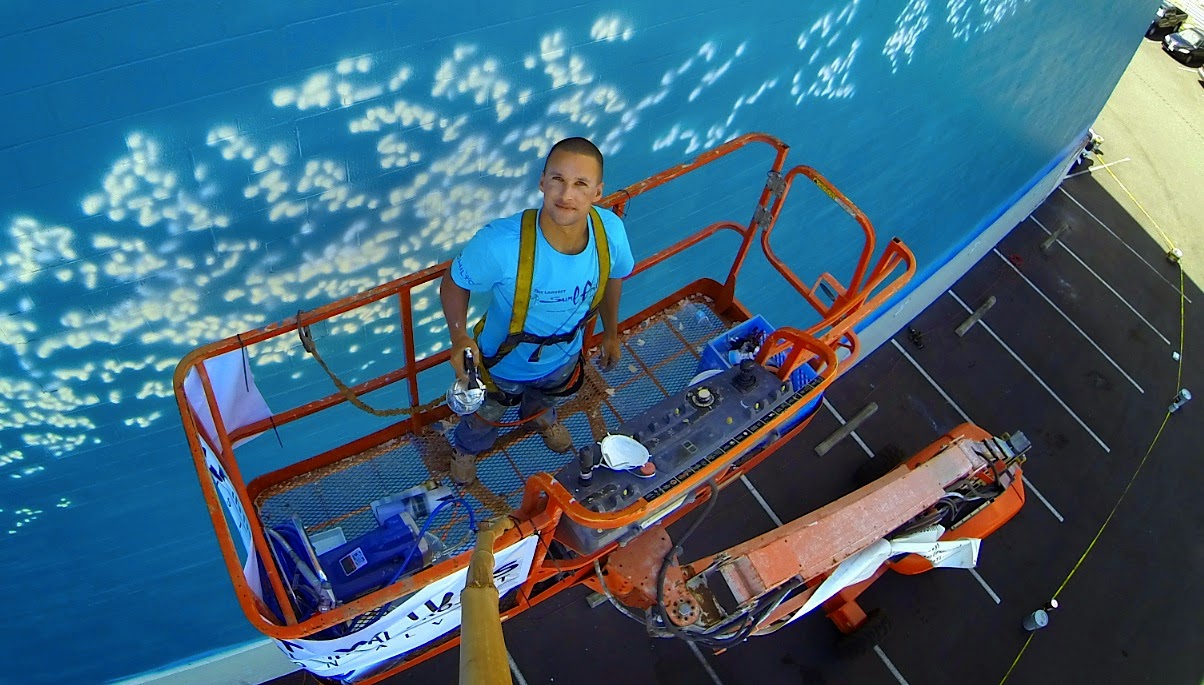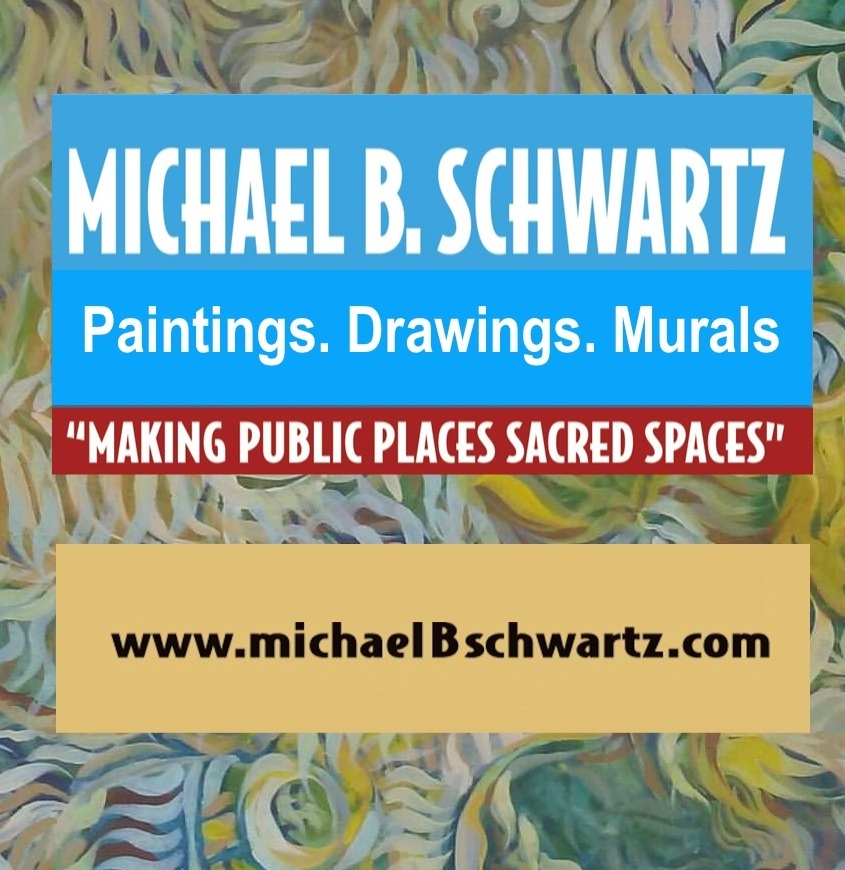Reprinted from the December 19, 2012 Oakland based Community Revitalization Project.

What’s in a name? For the Oakland Community Art Coalition,
everything. After issuing
recommendations to Councilpersons Nancy Nadel and Libby Schaaf and speaking
before the Public Works Committee on two occasions, advocating in favor of
modifications to a proposed “Comprehensive Anti-Graffiti Ordinance,” the
committee recommended adoption of several of the Coalition’s suggestions
following a December 12 hearing. The recommendations included removing the word
“graffiti” from the ordinance – a major point of contention for the Coalition,
who argued that the word refers to a legitimate artistic aesthetic, and isn’t
automatically synonymous with vandalism or defacement of property. Other
committee recommendations included removing the City Administrator as sole determinator
of Restorative Justice remedies, and, most importantly, a directive to city
staff to work with community groups on the implementation plan.
On December 18, the full Council agreed to amend the
Ordinance according to the Committee’s recommendations, with final
modifications coming January 22. The public hearing was a bit of a mixed bag:
there was plenty of doubletalk from Councilpeople and city staff, some of whom
seemed to attempt to have it both ways: take a seemingly tough stance on crime,
while simultaneously professing appreciation for aerosol art and expressing
enthusiasm for community input and Restorative Justice measures.
Yet the Council couldn’t pretend that issues around
implementation and enforcement didn’t exist.
Desley Brooks noted that tagging wasn’t named in the
ordinance, prompting Nadel, who co-authored the ordinance, to admit, “we didn’t
discuss tagging.”
Brooks added, “there is some value” to “graffiti”, to which
Deputy City Attorney Richard Illgen said, “yes, I agree.”
Rebecca Kaplan noted that suggestions from community groups
were incorporated into the ordinance, but asked, “will it only end up being
property owners who get fined?”
Illgen sidestepped the question—a valid one, since as much
as 50% of tag-blighting is on city or state-owned property—by noting provisions
were added “to allow relief for property owners who have been hit multiple
times.” What he didn’t say, however, is that that relief is contingent on the
identification and apprehension of taggers and vandals – an offense which the
Oakland Police Department has publicly stated it won’t investigate.Kaplan then
noted the implementation plan “is beyond what’s in the text” of the
ordinance—another way of saying that currently, there is no implementation
plan. “Who’s responsible?” for enforcement, she wondered—a question for which
city staff had no answer.
Outgoing Council member Ignacio de la Fuente expressed
concern that “we are doing something here that will really penalize the
property owner. How are we going to implement? There’s really no process for
enforcement.” Schaaf called the ordinance the “first piece of a much
larger effort,” noting there are “consequences IF graffiti writers are caught”
(emphasis added), then adding, “we can do some positive programs.”
Following a motion by Nadel to add the word “tagging” to the
definitions of offenses, and the adoption of the previously-proposed
modifications—including the removal of the word “graffiti” from their
“Comprehensive Anti-Graffiti Ordinance”—the Council voted to pass the
ordinance.
However, the Council’s comments confirm what anyone who has
thoroughly looked at the ordinance has already realized: that the measure is
far from comprehensive, lacks a cohesive plan for implementation, and as it
currently stands, will be a mechanism for fining property owners who are the
hardest hit by tag-blighting vandals, while doing nothing to prevent defacement
from occurring in the first place.
Those issues are a big reason why the Oakland Community Art
Coalition—a group which includes members of the Community Rejuvenation Project,
East Side Arts Alliance, Rock Paper Scissors Collective, the Estria Foundation,
and I.C.U. –formed. While we remain skeptical about how enforcement will
actually be implemented, we are encouraged by the stated intention of city
staff and Council to work with community groups to create and enact the
positive programs Schaaf referred to.
The OCAC will continue to push for the creation of a Mural
Diversion Program, as part of the Restorative Justice measures referenced in
the ordinance. We hope the city will see fit to fully adopt the recommendations
we have outlined, which is the first step in rethinking abatement strategy to
include beautification efforts which not only deter tagging and vandalism, but
enhance the quality of life in blighted areas, instill a sense of community
ownership, and promote youth development and artistic expression in a way that
upholds creation, not destruction.




















